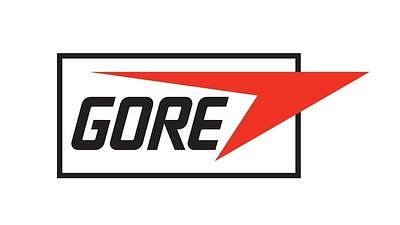
Silent Threat: Doctors Face Rising Radiation Risks in Modern Medicine
New data reveals a significant number of interventional physicians are concerned about radiation exposure during procedures—and many are limiting treatments as a result. Innovative solutions are emerging to address this growing concern.
Silent Threat: Doctors Face Rising Radiation Risks in Modern Medicine
NEW YORK, NY – November 17, 2025 – Interventional physicians across the United States are increasingly concerned about the risks of radiation exposure during image-guided procedures, a new national poll reveals. The survey, conducted by W.L. Gore & Associates and Egg Medical, highlights a widening gap between awareness of the danger and the adoption of adequate protective measures, potentially impacting both the health of medical professionals and the care delivered to patients.
A Growing Concern Among Physicians
The poll, which surveyed 72 physicians specializing in interventional cardiology, radiology, vascular surgery, and cardiac surgery, found that a staggering 100% of interventional cardiologists, 96% of interventional radiologists, and 93% of vascular surgeons expressed concern about radiation exposure. A significant 71% of cardiac surgeons also shared this worry. Notably, nearly 80% of vascular surgeons reported being “extremely or very concerned,” underscoring the heightened risk within this specialty.
“It’s something we think about every day,” said one interventional radiologist, speaking anonymously. “We know the risks, but sometimes the demands of the procedure and the patient’s condition make it difficult to minimize exposure without compromising care.”
The concern isn’t merely theoretical. Almost half (44%) of interventional radiologists surveyed reported limiting procedures due to radiation concerns, a statistic that raises questions about access to potentially life-saving treatments. While many physicians acknowledge the hazard, the adoption of enhanced protection remains uneven. Although 64% of interventional radiologists and cardiologists use enhanced protection devices, usage of advanced technologies like live dosimetry and double lead aprons varies considerably.
Beyond Lead Aprons: The Limitations of Traditional Protection
For decades, the standard for radiation protection in medical settings has revolved around lead shielding – aprons, collars, and glasses. However, this approach has inherent limitations. The weight of lead aprons can contribute to musculoskeletal injuries over time, creating a new health hazard for medical professionals. Furthermore, traditional shielding often doesn’t adequately protect all areas of the body, particularly during complex procedures requiring unusual positioning.
“The traditional methods are good, but they’re not perfect,” explains a vascular surgeon. “We’re constantly moving, bending, and reaching, and it’s difficult to maintain complete coverage without becoming fatigued or putting ourselves at risk of injury.”
The limitations of traditional protection are pushing innovators to develop new solutions. Companies like Egg Medical are pioneering integrated shielding systems, such as the EggNest, designed to provide comprehensive protection without the weight and bulk of lead. These systems use lightweight materials and flexible designs to move with the physician and patient, creating a protective barrier around the entire procedure area.
Innovation and the Future of Radiation Safety
The market for radiation protection technologies is evolving rapidly, driven by the growing awareness of risks and the demand for more effective and ergonomic solutions. Real-time dosimetry, which provides instant feedback on radiation exposure levels, is gaining traction as a valuable tool for monitoring and minimizing risk. Advanced materials, such as tungsten-based alloys, are being explored as potential replacements for lead, offering comparable shielding effectiveness with reduced weight.
“We’re seeing a real shift in the industry,” notes a medical device industry analyst. “Doctors are demanding better protection, and companies are responding with innovative technologies that address the limitations of traditional methods.”
The collaboration between W.L. Gore & Associates and Egg Medical is a prime example of this trend. By combining Gore’s clinical expertise and Egg Medical’s innovative shielding technology, the companies aim to increase access to advanced radiation protection solutions and improve the safety of medical professionals.
Less than 30% of respondents in the poll reported feeling “very protected” from radiation exposure, highlighting a clear need for improved safety measures and greater adoption of advanced technologies. While the poll represents a limited sample size, the consistent concern expressed across specialties paints a concerning picture of the risks faced by interventional physicians. The challenge now lies in bridging the gap between awareness and action, ensuring that medical professionals have the tools and resources they need to protect themselves while continuing to deliver high-quality care.
📝 This article is still being updated
Are you a relevant expert who could contribute your opinion or insights to this article? We'd love to hear from you. We will give you full credit for your contribution.
Contribute Your Expertise →